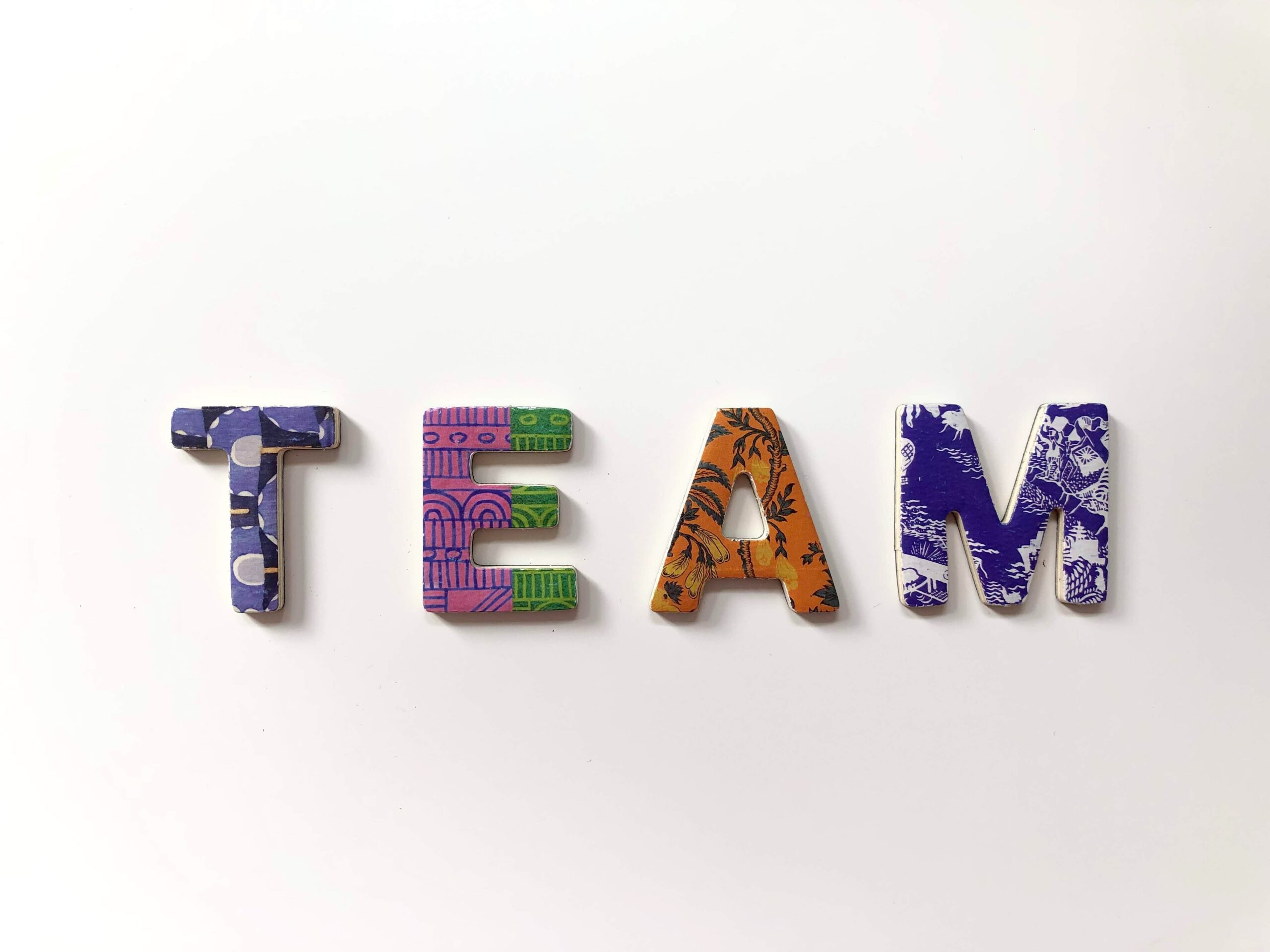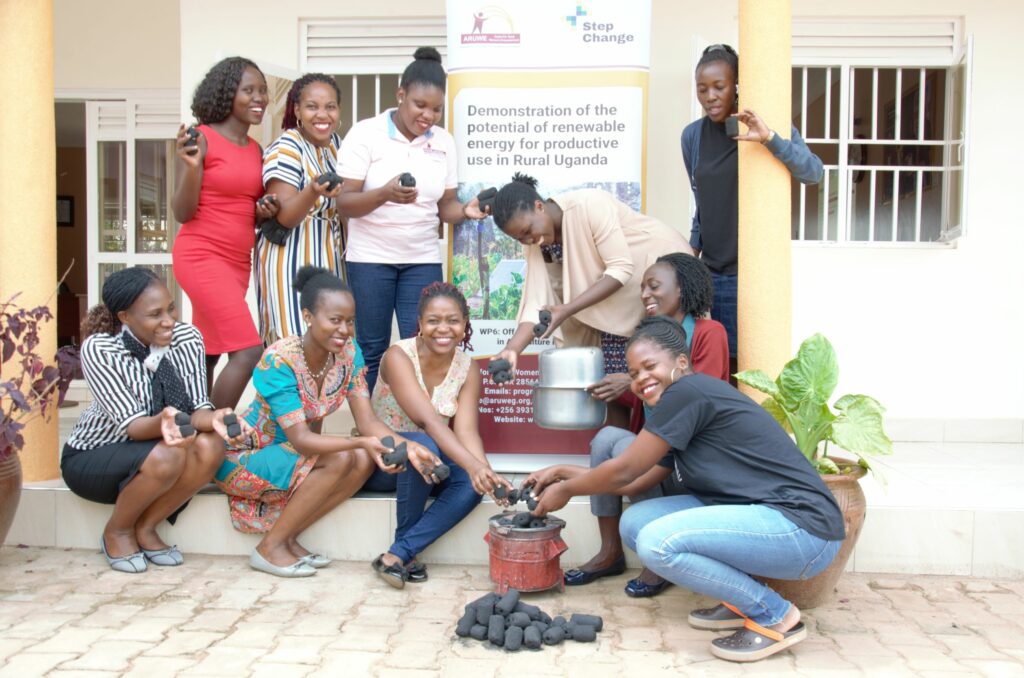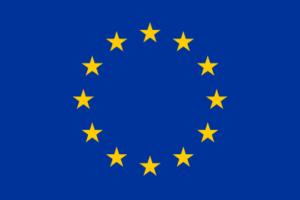Episode #2
We have launched the format #MeetTheTeam to ask members of the Consortium a few questions and get to know them better. This time, let’s chat with the NIHR Oxford Biomedical Research Centre (UK), the University of Primorska (Slovenia), and Action for Rural Women’s Empowerment (Uganda). Don’t miss the next episode, if you want to know more about the members of our team, and their activities.
NIHR OXFORD BIOMEDICAL RESEARCH CENTRE, UK
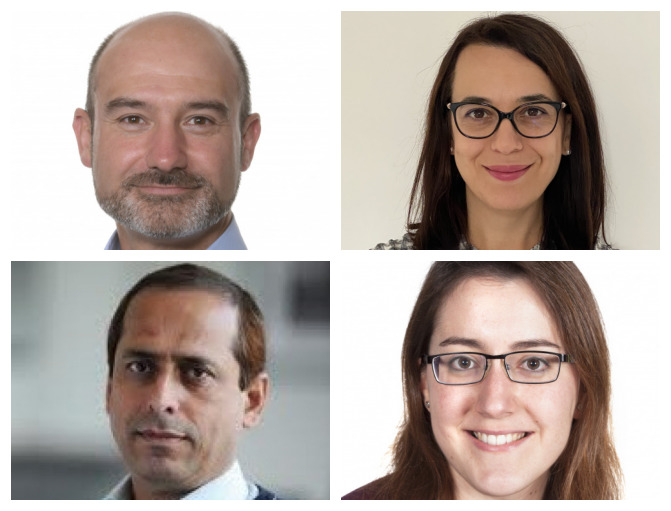
What do you expect from your participation in STEP CHANGE?
The collaborative, multi-disciplinary nature of the STEP CHANGE project is truly innovative. Although, we have a solid experience of involving patients and public in research, and we expect to deepen our understanding and learning of how citizen science can be better applied to different areas of science for the benefit of our patients, general society, and the environment. STEP CHANGE brings together five citizen science initiatives (CSI), each having a very different aim in the first instance, but with a common methodology from which we can all learn and benefit from. Through our CSI on non-alcoholic fatty liver disease, we will be able to study how citizen scientists, members of the public, understand and learn how scientific research, especially translational health research, is done. In addition, citizen scientists will be able to learn how it feels for patients to take part in research, and how it feels doing research working alongside professional health researchers. To achieve this, we will share our knowledge and experience with citizen scientists about doing research in a way that keeps them interested and involved in our CSI based on their availability, interests, and expectations. We are excited to see how the involvement of citizen scientists can really enhance our research and reformulate some research questions in a way in which we can address their needs. It will be exciting to understand their interpretation of data and to use their expertise to develop the ways in which we disseminate and exploit our findings to improve patient care. We expect that our participation in STEP CHANGE will be a great learning process in regard to the application of citizen science particularly in translational health research.
Could you mention a successful project directly involving citizens that you had the chance to lead/participate in? What have been the keys of its success?
We have previously run a study whereby we wanted to compare two different approaches to weight loss in patients who had fat in their livers. We involved citizen scientists to help in the design of the study to gain their feedback on the acceptability of the investigations and interventions. In addition, participants agreed to have videos and interviews to share their experience with the aim of encouraging broader participation in clinical research.
Think about Citizen Science and choose a traditional English recipe. What it would be and why?
One member of our team would choose a pie. There are many different fillings to choose from and you can put nearly anything you like in them. This represents well the creativity resulting from mixing people like citizens and researchers with a diversity of backgrounds, levels of experience, and perspectives, and inviting them to work on a common research project. There are also tested recipes you can learn from that will help you get a proper pie crust, which could represent the knowledge and experiences professional researchers will be sharing with citizens to help them generate new scientific insights and contributions. Another member of our team would choose a trifle, a perfect blend of complementary ingredients, coming together to produce a dish that is far greater (and tastier) than the sum of its parts!
UNIVERSITY OF PRIMORSKA, SLOVENIA
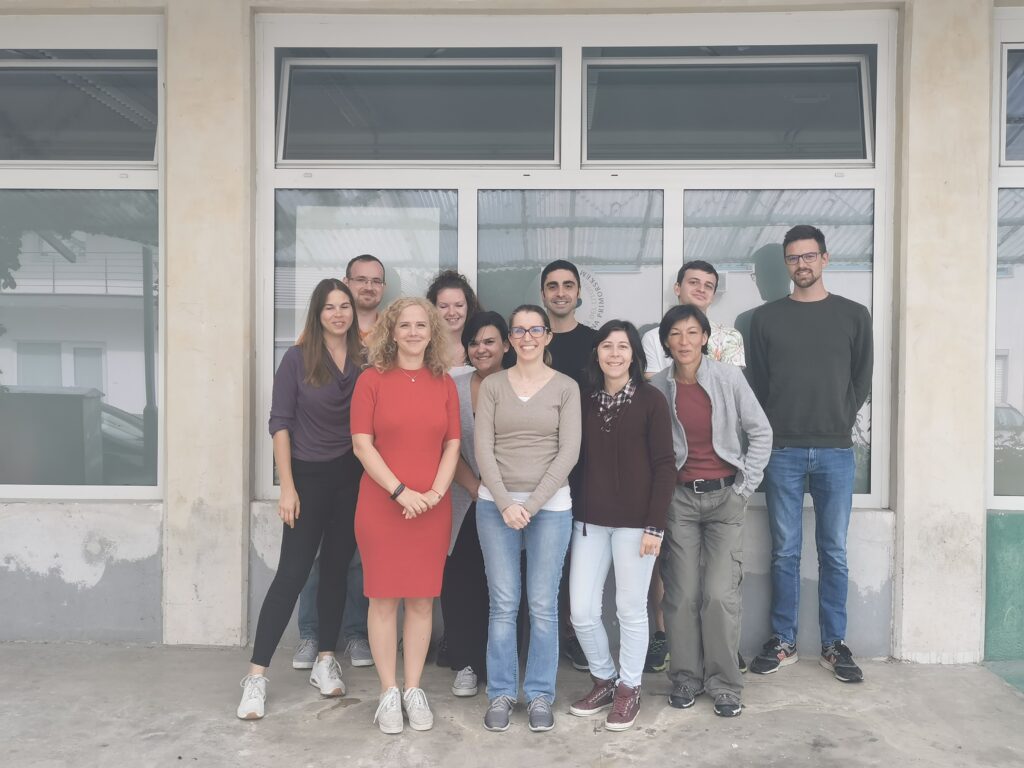
What do you expect from your participation in STEP CHANGE?
This is a very good question. From a research/professional viewpoint, I hope that Step Change could contribute to integrate many different data about wildlife in Slovenia, to answer relevant questions about their management. Moreover, I also hope that the project could strengthen ties between our university and other partner institutions, through cooperation in citizen science, which could then foster new research lines in the future. I also believe that, as a scientist, the project could increase the exchange of knowledge with the general public, reducing the gap between people and the academia. It will be interesting to see what motivates people to record information about wildlife, and their expectations about the use of science for answering everyday questions. This can be extremely informative for a scientist, broadening conventional perspectives about science.
Could you mention a successful project directly involving citizens that you had the chance to lead/participate in? What have been the keys of its success?
A few years ago, we were involved with the University of Trieste, and other partners from Italy and Slovenia, in Biodinet. The project focused on the conservation of Karstic ecosystems between Italy and Slovenia, by reservation and promotion of native species, breeds and ecosystems, the conservation and study of grasslands, raising awareness and educating the target audience, and study of the genetic and ecosystem diversity. Among other things, we worked with schools (from elementary ones till university) and designed outreach initiatives with local communities. The engagement of some municipalities, like Koper, Muggia or San Dorligo della Valle, has been incredibly important to recruit and retain citizens and to involve them in biodiversity monitoring. We also designed a biodiversity-related thematic park in Hrastovlje, where people could learn about local biodiversity. The cooperation with local farmers was also important.
Think about Citizen Science and choose a traditional Slovenian recipe. What it would be and why?
Well, I would say bobiči, a typical soup from the karst area, here in Istria. It is a complex meal, combining multiple ingredients, such as potatoes, beans and maize. I guess it is like citizen science: you have many different ingredients, just as you have citizens and their own, often very different, experiences that combined create a new delicious flavour.
ACTION FOR RURAL WOMEN’S EMPOWERMENT, UGANDA
What do you expect from your participation in STEP CHANGE?
In STEP CHANGE, ARUWE is working on an initiative aimed to demonstrate the potential of renewable energy for production use in rural Uganda. Participating in STEP CHANGE gives us an opportunity to amplify evidence of economic, environmental and societal potential of adopting off-grid renewable energy in agricultural production in rural Uganda. This is an opportunity for community members to appreciate local renewable energy resources and local science, and raise community awareness on how such resources and science can be revamped to steer production and sustainable community development. There is rural tendency and naivety to disregard and despise local ingenuities, thinking science and technology must be imported from developed countries. Working with citizens in this research, we seek to recollect local renewable energy science and technologies inherent in local cultures and work with communities on re-awakening such science in production. Furthermore, we expect to enrich the findings of our research through sharing experiences and best practices with other international participants in the STEP CHANGE fraternity.
Could you mention a successful project directly involving citizens that you had the chance to lead/participate in? What have been the keys of its success?
Overall, all interventions in ARUWE are community-led, ensuring community involvement at all levels right from needs assessment, project inception, project implementation, through monitoring and evaluation. For example, partnering with WECF, we implement a series of “ecofeminism” interventions where we have worked with rural women to identify their energy challenges and local solutions to these challenges. In this project, women decried trekking long distances to collect firewood, coupled with other associated challenges including heavy volumes and smoke the wood produces in the kitchens, which are detrimental to their health. Working with the women-led cooperatives, we are producing charcoal briquettes and efficient energy stoves to resolve women’s cooking challenges, also being a source of income for cooperative members.
Think about Citizen Science and choose a traditional Ugandan recipe. What it would be and why?
When we think about Citizen Science, the traditional Ugandan recipe we absolutely can’t rule out is the famous Luwombo. It is an hours long preparation to the mouthwatering, taste bud massaging sensation of the final dish. Luwombo is a unique mixture of sauce and a variety of ingredients enveloped in a banana leaf and then steamed over a fire for hours. Making Luwombo calls for serious preparation just like a citizen science initiative. You don’t simply cook it, you assemble it. According to globalpressjournal.com, a perfect luwombo takes about six hours to steam on fire. Preparing Luwombo takes steps and has a number of ingredients that come together to create the incredible outcome, just like citizen science requires the coming together of the citizens and the scientists to create a mind-blowing impact. Luwombo can vary from smoked mushroom, chicken, peanut paste and mushroom, beef to smoked beef, wrapped and cooked in green banana leaves. For more details on the cooking process click here or here.
